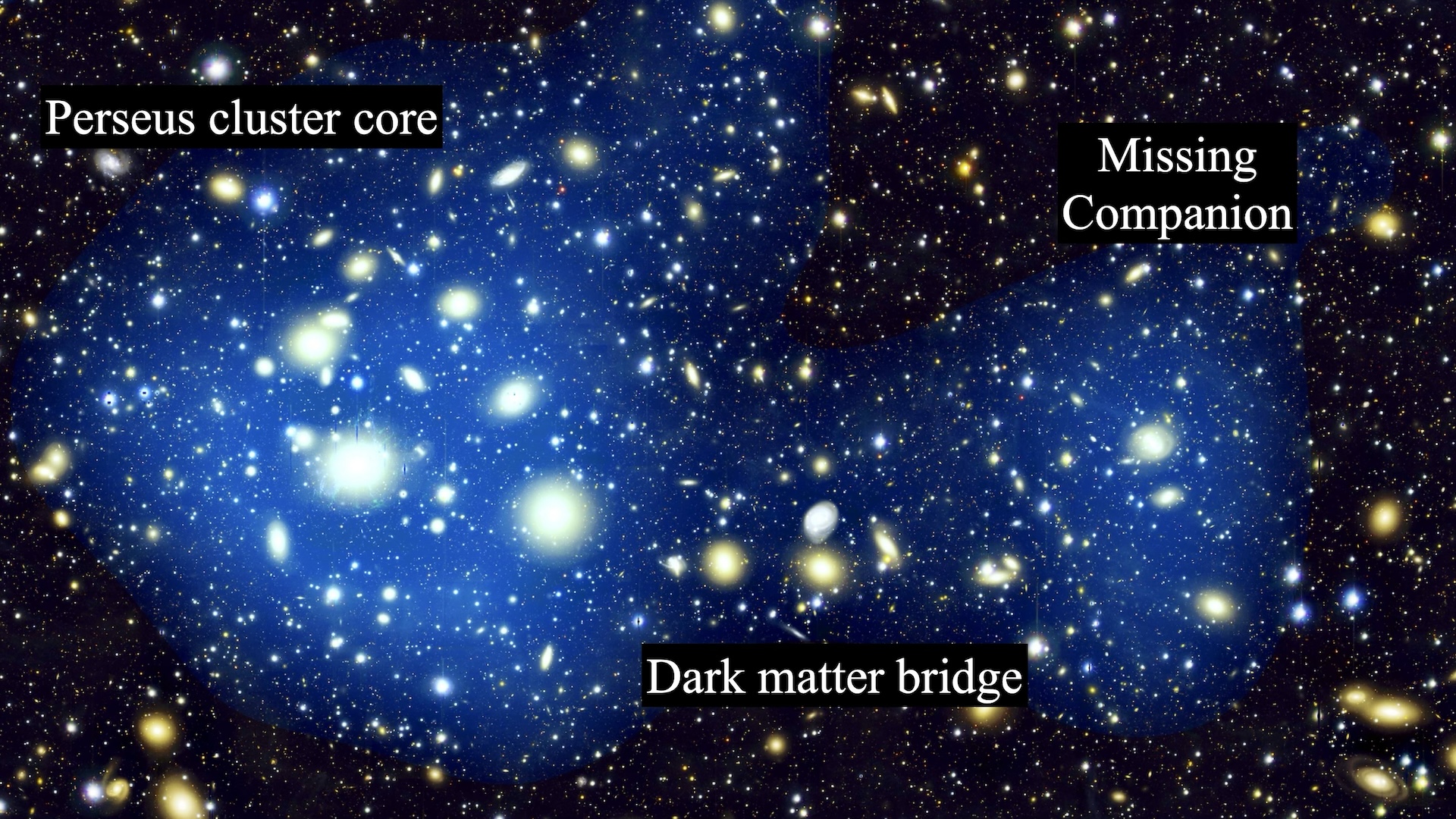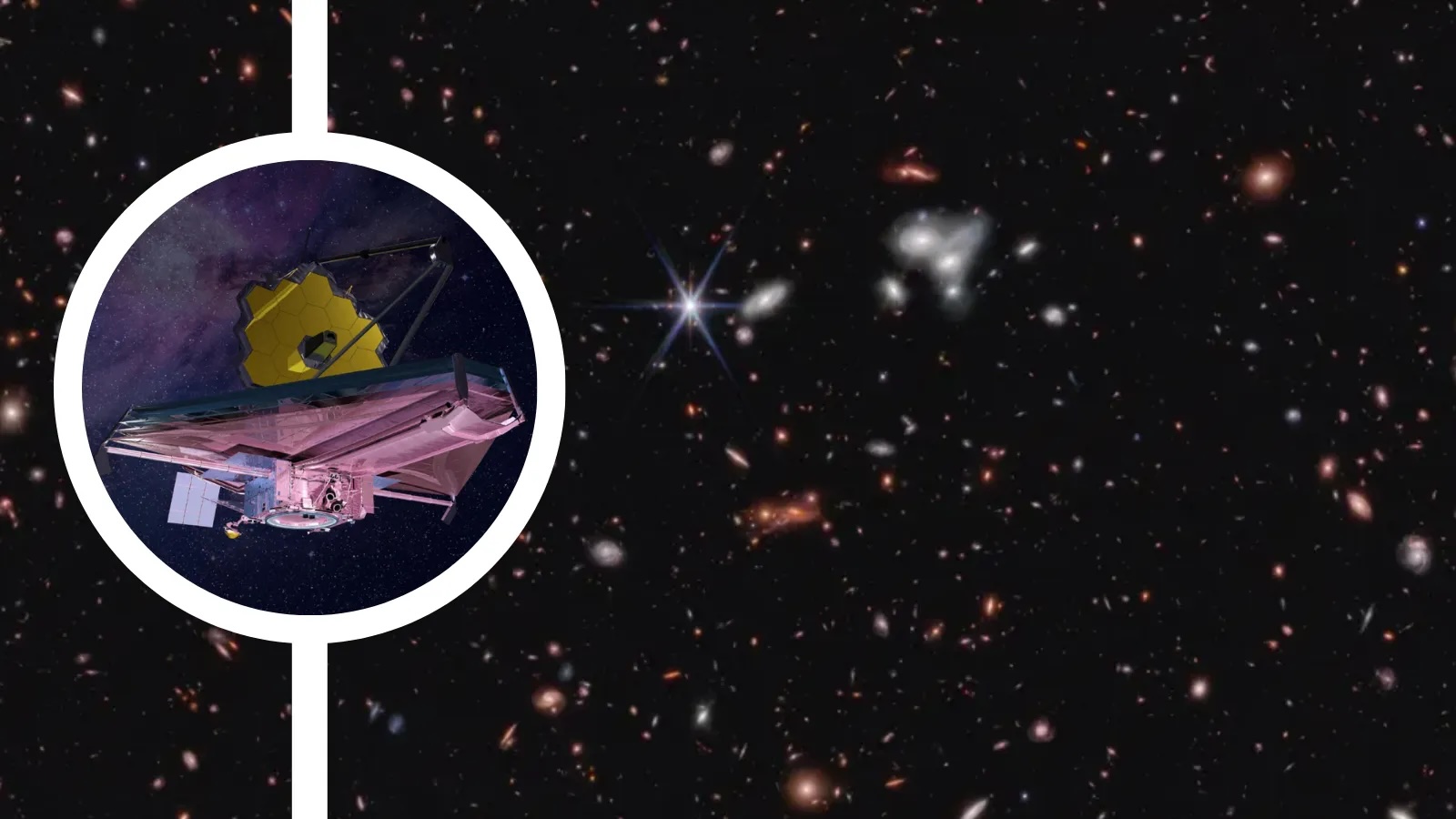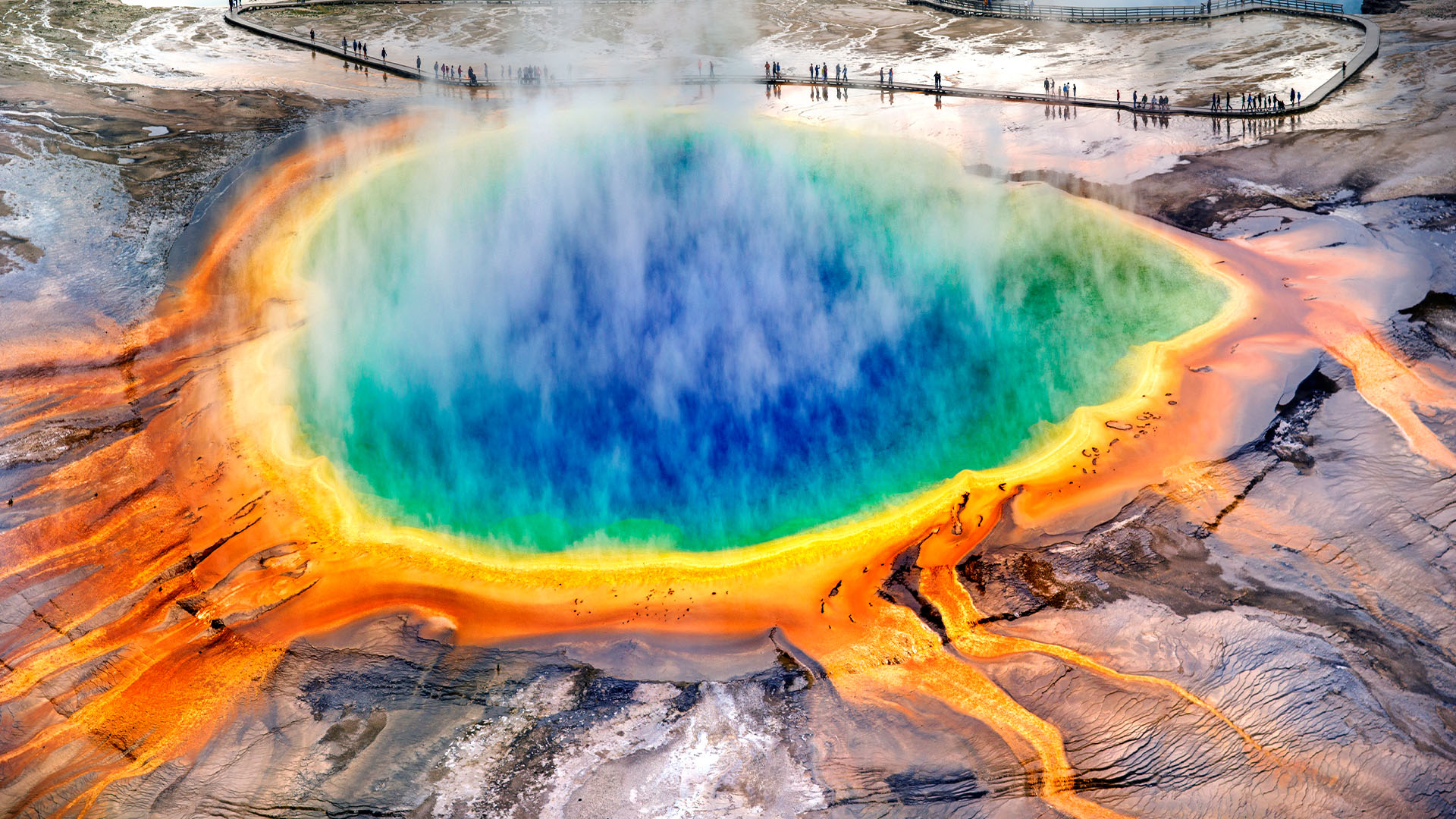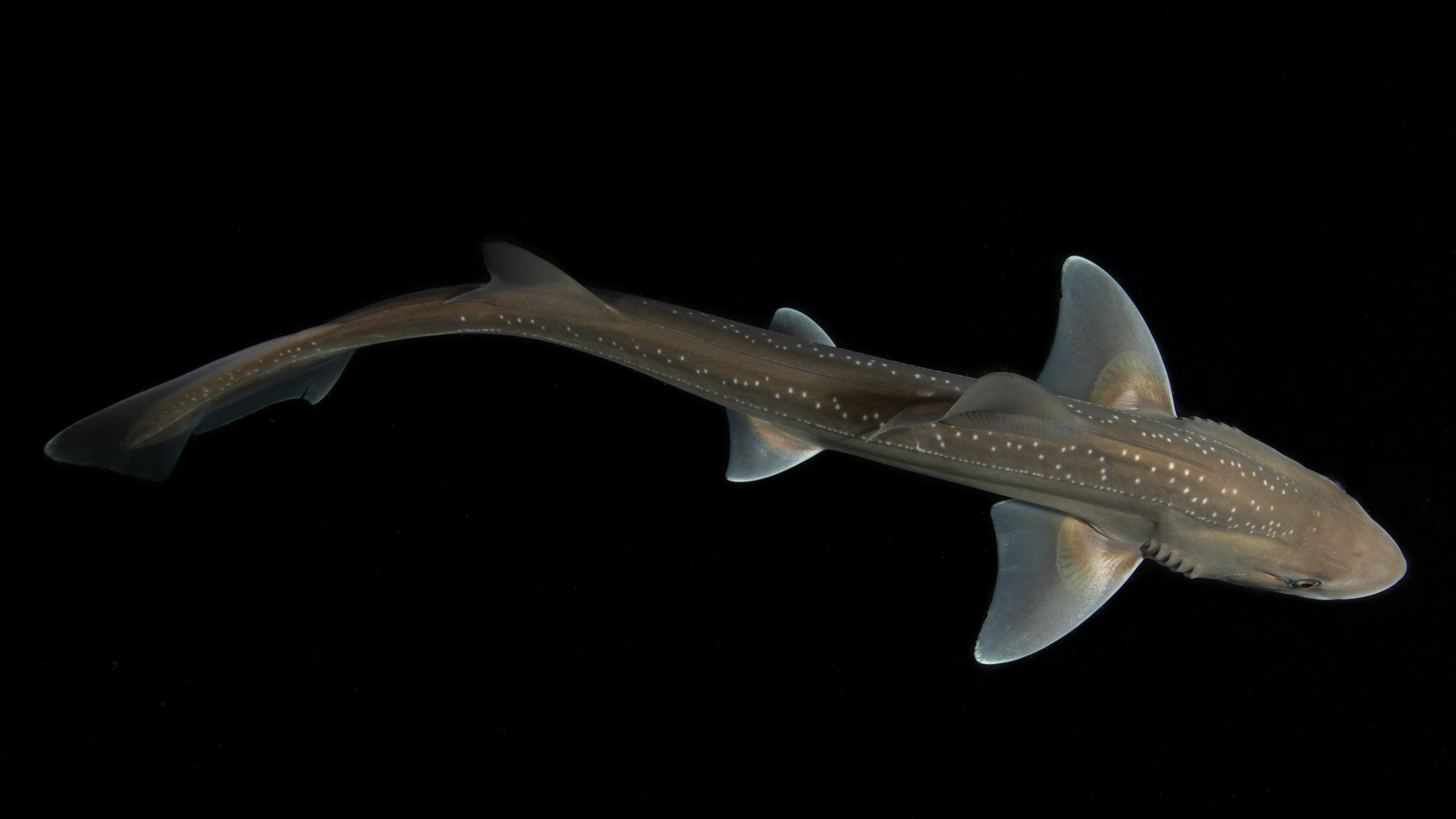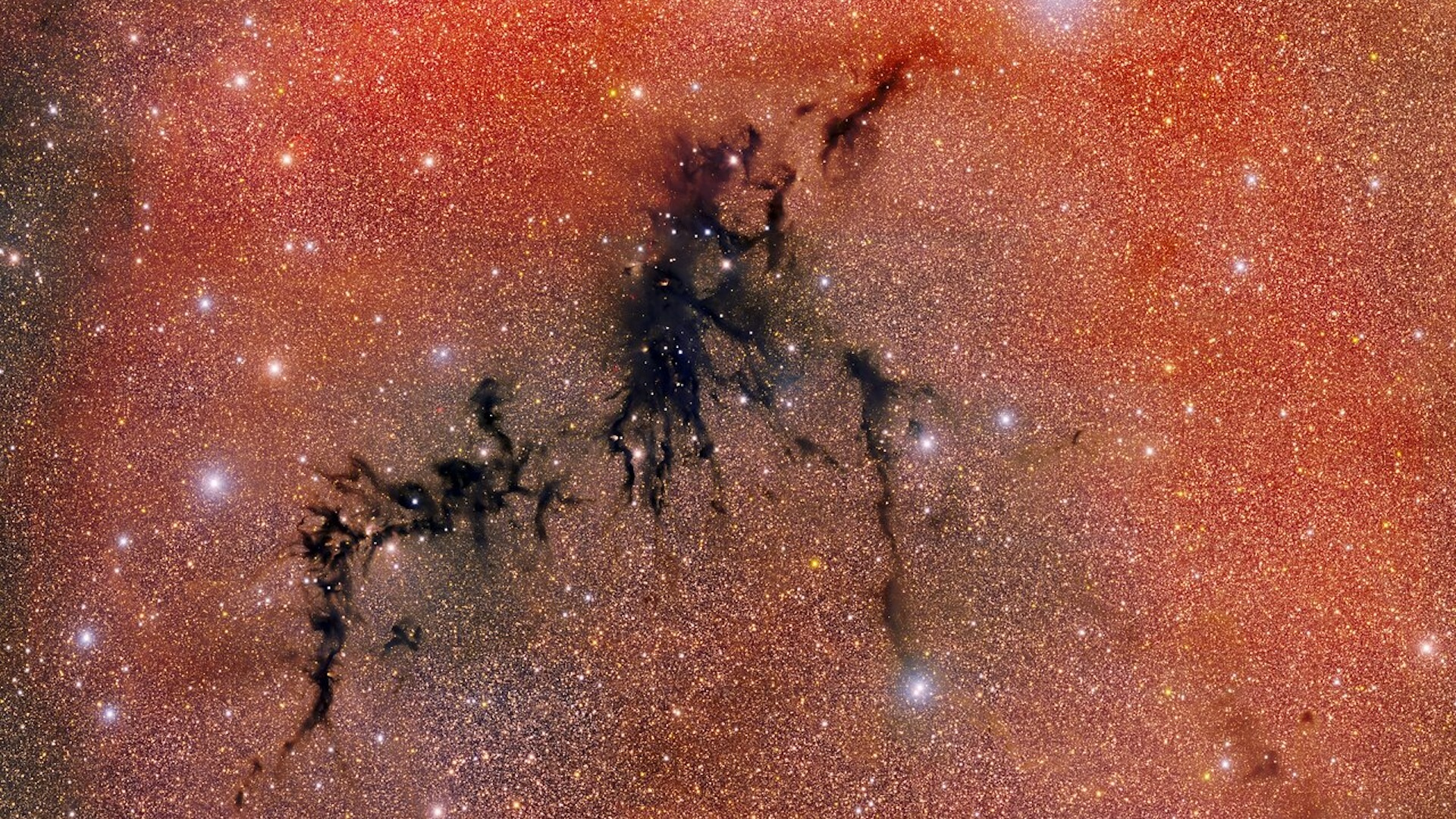'Just the tip of the iceberg': Why risky asteroids like 2024 YR4 will pester Earth for decades to come
The world is watching as NASA tweaks the odds that asteroid 2024 YR4 will hit Earth. But how threatening is YR4, and how does it compare to other potentially hazardous space rocks?
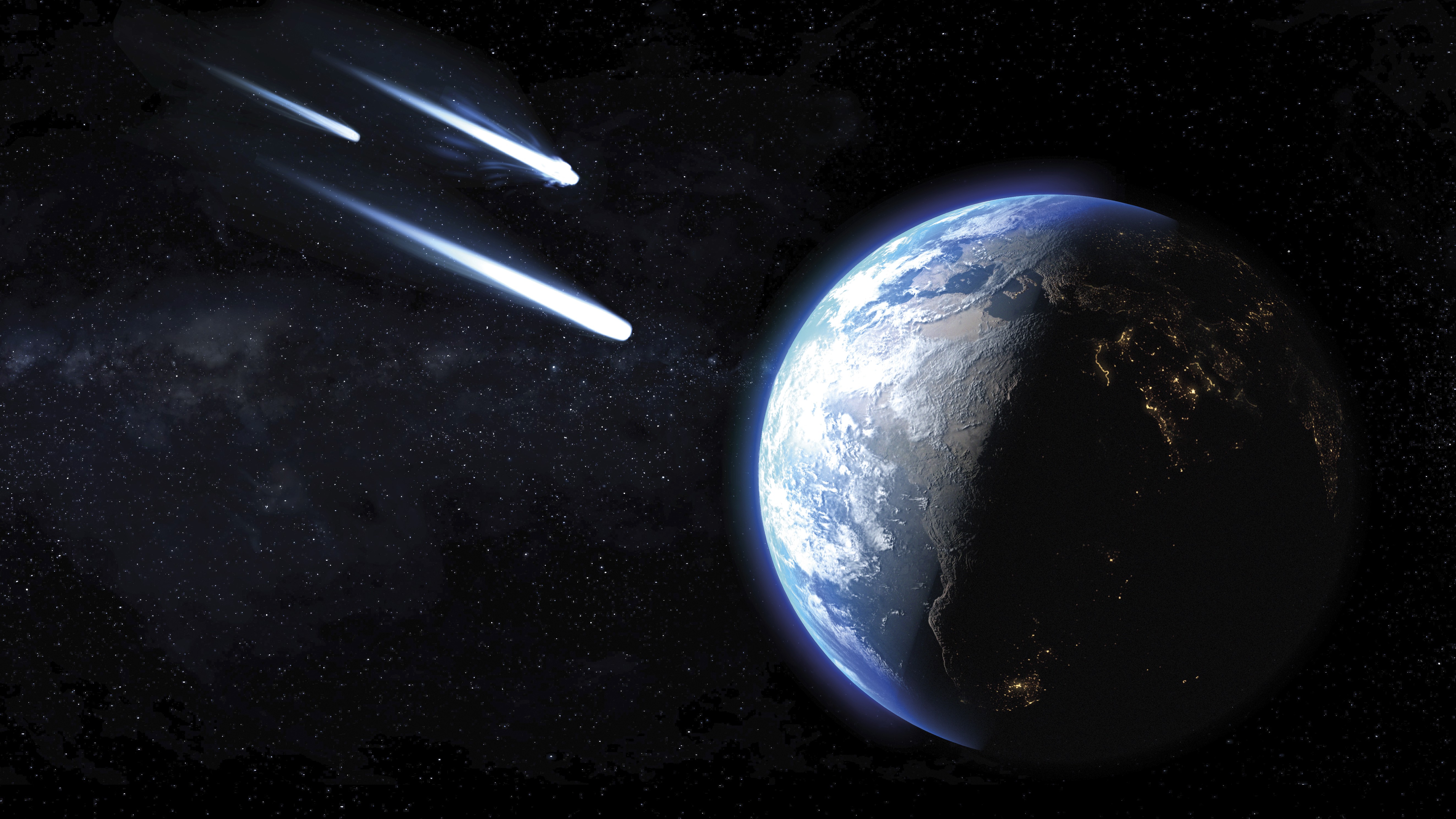
Asteroid 2024 YR4 has gone from a potential 'city-killer' to an almost certain near-misser this week as the odds that this large space rock will hit Earth in 2032 rose and then plummeted in a matter of days. Here's what happened and why it matters.
2024 YR4 is around 180 feet (55 meters) wide, with the potential to release 500 times more energy than the atomic bomb that destroyed Hiroshima. A little concern was therefore understandable on Tuesday (Feb. 18), when the likelihood of YR4 hitting us crept up to 3.1% — the highest impact probability NASA has ever recorded for a space object of 2024 YR4's size or larger.
Fortunately, the record-high impact probability was short-lived, and the chances of a strike soon fell to 1.5% and, at the time of writing, dow to 0.28%. None of what played out came as a surprise to astronomers.
The most likely scenario for 2024 YR4 has always been that it will miss us on its closest approach to Earth in 7 years time. That's because, while astronomers have been aware of 2024 YR4 since last year, uncertainty about its orbital path has meant that they couldn't — and still can't — rule out the possibility of a strike. Slight variations in this level of uncertainty were reflected in the shifting odds, which ignited intrigue worldwide.
"Astronomers don't hide and can't hide their discoveries because the sky is open to everyone," Richard Binzel, the inventor of the Torino asteroid impact hazard scale and a professor of planetary sciences at MIT, told Live Science in an email. "So when we discover one of these future visitors that might someday be a close shave, the scientific method of slow careful measurements to get to the answer plays out in a public way."
How threatening is asteroid 2024 YR4?
To categorize the threat posed by asteroids and comets, researchers use Binzel's Torino Impact Hazard Scale. The Torino scale has 11 levels, ranging from Level 0 (no hazard) to Level 10 (global catastrophe).
Sign up for the Live Science daily newsletter now
Get the world’s most fascinating discoveries delivered straight to your inbox.
2024 YR4 reached Level 3 in January 2025 after scientists determined it had a more than 1% chance of hitting Earth. Level 3 asteroids are capable of "localized destruction," which fits 2024 YR4's potential to take out a city.
However, even as 2024 YR4's odds rose to more than 3% — and fell back down to 1.5% — it stayed at Level 3. Binzel said that it's "perfectly natural" for 2024 YR4's odds of impact to "bounce around a bit." However, Level 3 means scientists expect the asteroid will end up with a 0% impact chance with further observations.
Darker skies gave astronomers better views of the asteroid in recent days, following a week of limited visibility around February's full moon. Clearer overnight observations between Feb. 19 and Feb. 20 allowed NASA to refine YR4's odds of impact to 1 in 360, or 0.28%, according to NASA's Planetary Defence blog.

Once the odds dropped below 1%, 2024 YR4 immediately became a Level 1 asteroid, categorized as having "no unusual level of danger" and "no cause for public attention or public concern." In other words, despite chatter surrounding shifting odds, the Torino scale has predicted what would happen all along.
"There's a learning process here, in that it has been pre-baked into the Torino Scale description for Level 3 the exact outcome that is unfolding," Binzel said. "For the moment YR4 has fallen to Level 1, and with further tracking we will see it fall to zero."
What happens if asteroid 2024 YR4's threat level rises?
Asteroids don't necessarily move up or down the Torino levels in order because they're assigned based on both the consequences of a potential impact and the likelihood of an impact.
2024 YR4 fit within the Level 3 criteria of potential "localized destruction" when it had a more than 1% chance of hitting Earth. Level 4 asteroids are larger and capable of more destruction, described as "regional devastation" — so a Level 3 asteroid can't become a Level 4 just with an increased likelihood of impact, according to the scale.
2024 YR4 is likely heading for Level 0 (no hazard). However, if the reassignment to Level 1 hadn't happened, and it turned out YR4 was actually on a collision course for Earth, then it would have leaped straight to the upper levels of the scale reserved for definite collisions, Binzel explained.
"If this asteroid were ever to jump to a higher level, it would go to Level 8, where a 'collision is certain, capable of localized destruction,'" Binzel said when 2024 YR4 was still at Level 3.
However, just like a Level 3 asteroid can't become a Level 4, 2024 YR4 can't get any higher than Level 8 because its size restricts how much damage it can do.
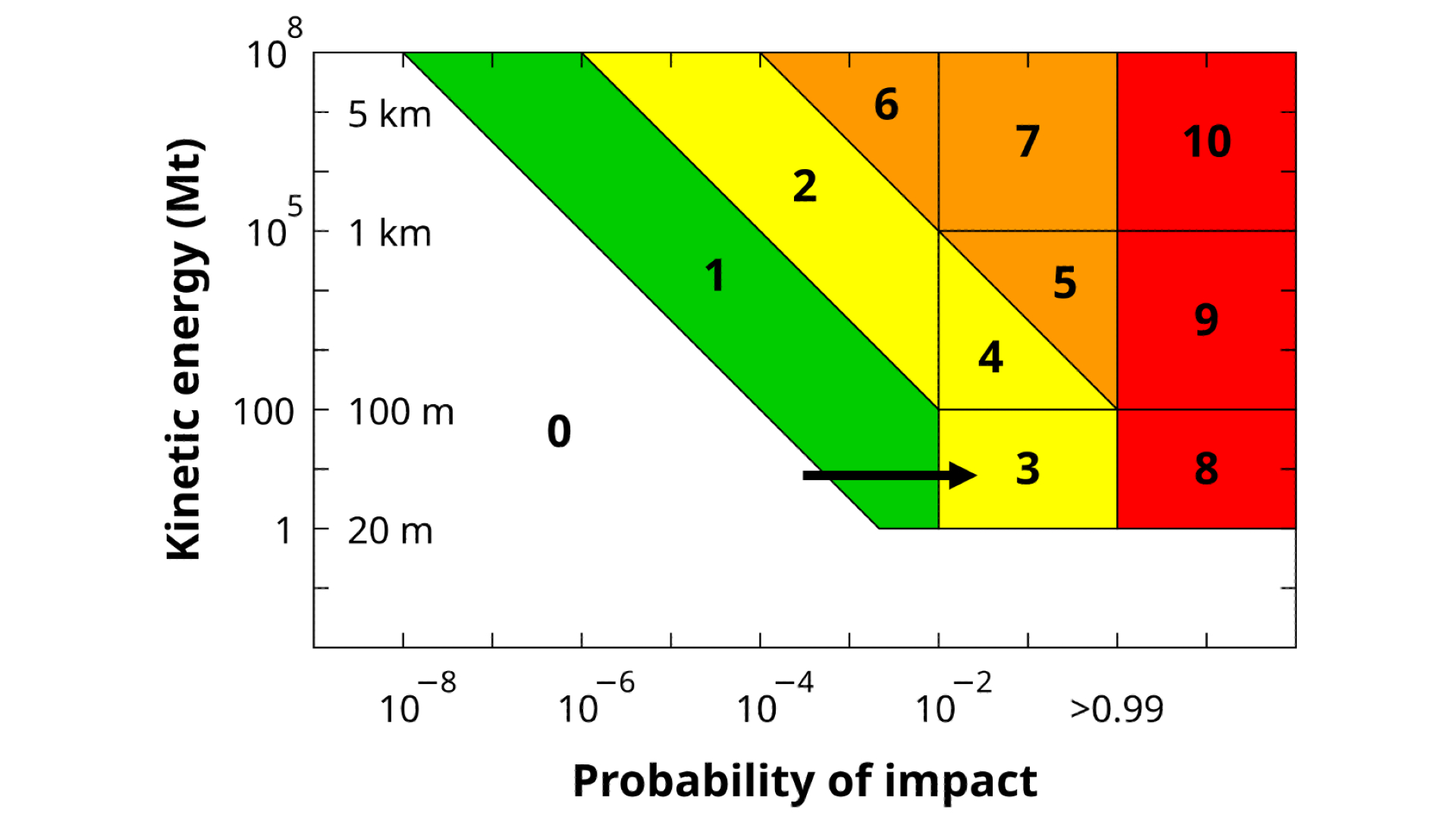
A Level 8 asteroid would be most destructive on land, but also possibly capable of causing a tsunami if it hit offshore. If 2024 YR4 was on course for Earth, it would probably hit somewhere along a "risk corridor" stretching across the eastern Pacific Ocean, northern South America, the Atlantic Ocean, Africa, the Arabian Sea and South Asia on Dec. 22, 2032, according to NASA.
Humanity could try to deflect a large incoming asteroid like YR4, for example by using the orbit of a spacecraft to pull it off course, or using a nuclear explosive to bash it off course, Live Science previously reported.
Binzel noted that decisions on any proactive measures to deflect are the responsibility of a group called the International Asteroid Warning Network (IAWN), which NASA coordinates.
How does 2024 YR4 compare to other space rocks?
2024 YR4 is a rare asteroid. It was the only large asteroid with an impact probability of more than 1% during the period before the odds shifted. A strike from 2024 YR4 would be something like a once-in-a-thousand-year event, based on a NASA asteroid hazard comparison chart.
Binzel compared 2024 YR4 to asteroid Apophis, which reached Level 4 on the Torino scale in 2004 before dropping to Level 0. Named after Apep, the ancient Egyptian god of chaos, Apophis is heading our way in 2029. Scientists are confident it will narrowly miss Earth, but humanity should get a nice view of the giant space rock when it passes in four years' time.
"As it turns out, a very close and safe passage by Apophis in 2029 will be a scientific bonanza and a fascinating view in the sky for billions of people," Binzel said.
Apophis is around 1,100 feet (335 m) long and would have jumped to Level 9 on the Torino scale if it had turned out to be on a collision course with Earth. Level 9 means unprecedented regional devastation on land or the threat of a major tsunami offshore. Only an even larger Level 10 asteroid would be more destructive, according to the scale.
"Level 10 is reserved for the kind of catastrophe that was a bad day for the dinosaurs," Binzel said.
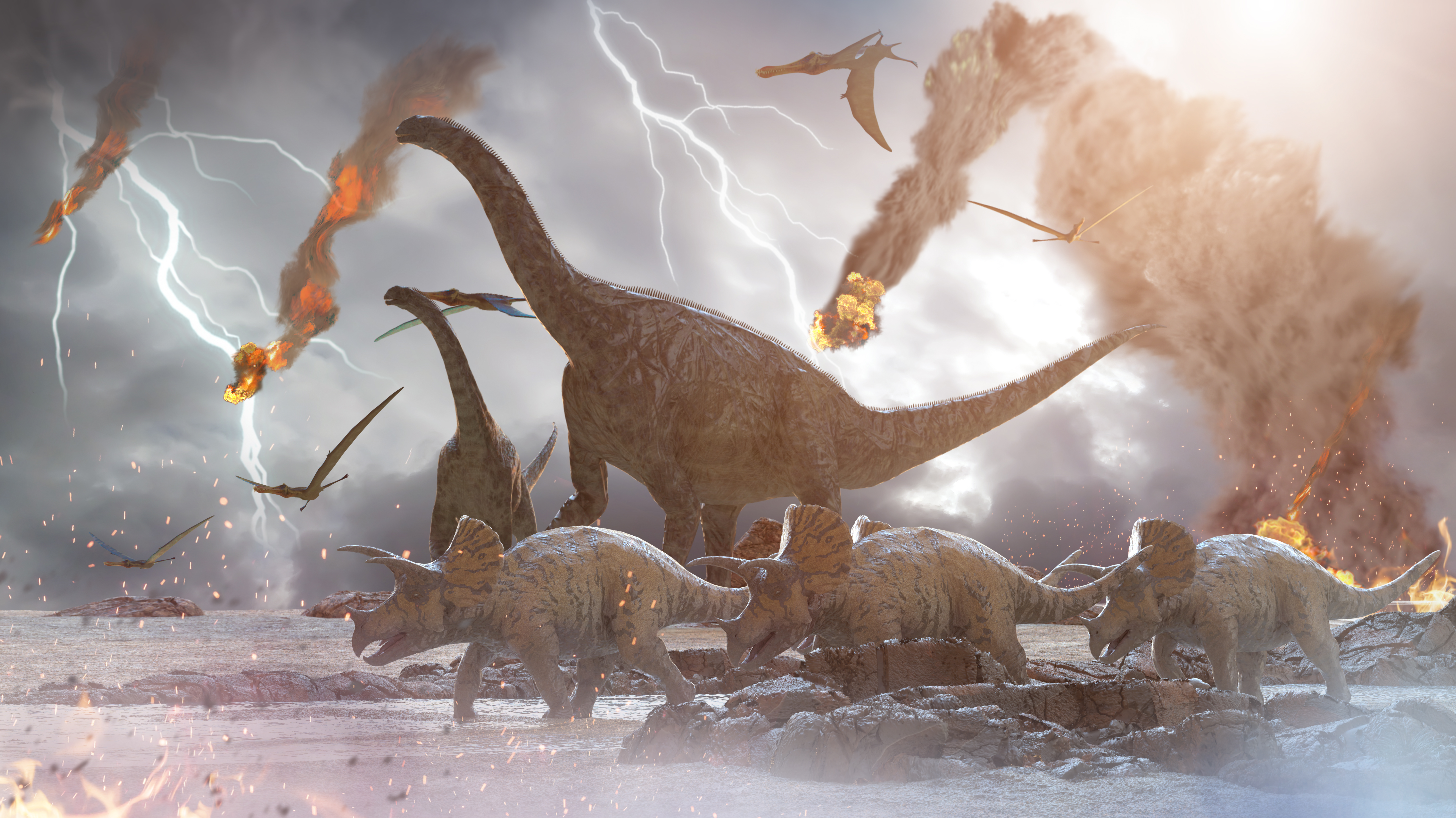
"Tip of the iceberg"
Humanity is continuously improving its space rock detection methods. That means that, as rare as 2024 YR4 is, we are likely to detect more asteroids like it in the decades to come, according to Binzel.
"2024 YR4 is just the tip of the iceberg, as new asteroid discovery surveys are becoming more thorough than ever," Binzel said. "The Torino scale will have its work cut out for it."
Binzel noted that with improved asteroid discovery surveys, we will see many more cases where researchers can detect an asteroid, but don't have sufficient data on its orbital track to be certain of a miss for many decades after its discovery. However, Binzel doesn't see this as a cause for concern.
"Rather than making anyone anxious, by finding these objects that are already out there and by pinning down their orbits, we are becoming more secure in our knowledge that any sizable asteroid is not likely to take us by surprise as an unwelcome guest landing on us."

Patrick Pester is the trending news writer at Live Science. His work has appeared on other science websites, such as BBC Science Focus and Scientific American. Patrick retrained as a journalist after spending his early career working in zoos and wildlife conservation. He was awarded the Master's Excellence Scholarship to study at Cardiff University where he completed a master's degree in international journalism. He also has a second master's degree in biodiversity, evolution and conservation in action from Middlesex University London. When he isn't writing news, Patrick investigates the sale of human remains.
You must confirm your public display name before commenting
Please logout and then login again, you will then be prompted to enter your display name.

